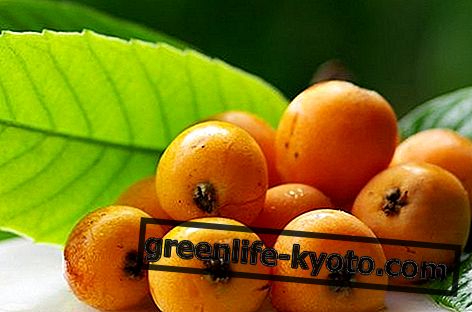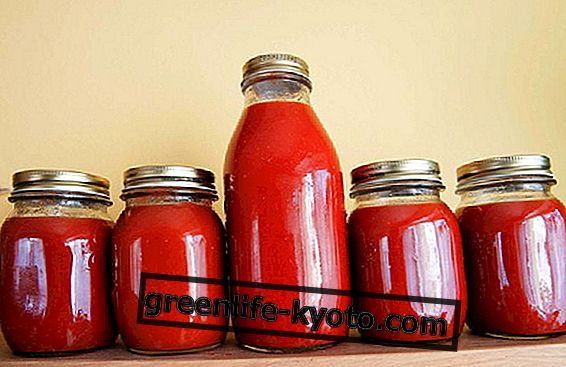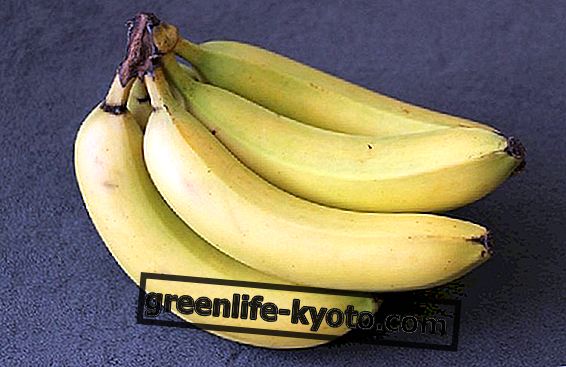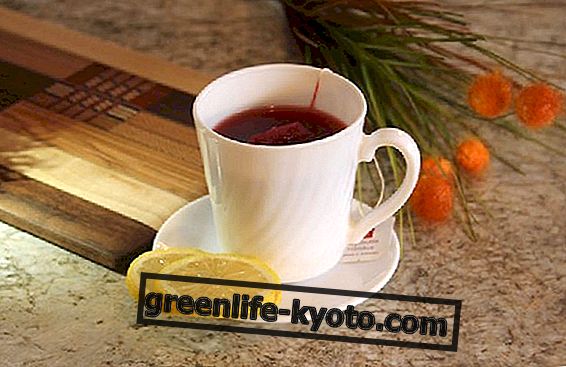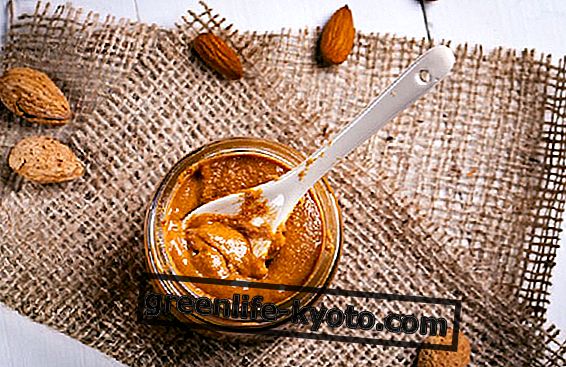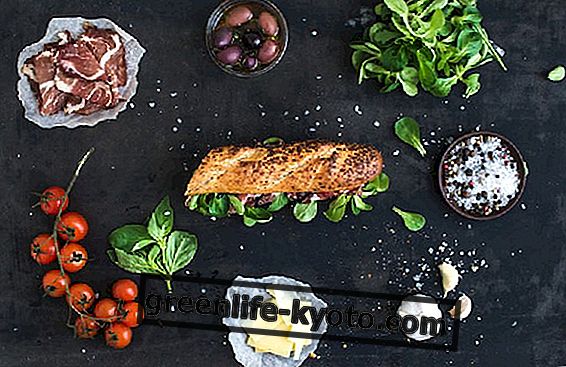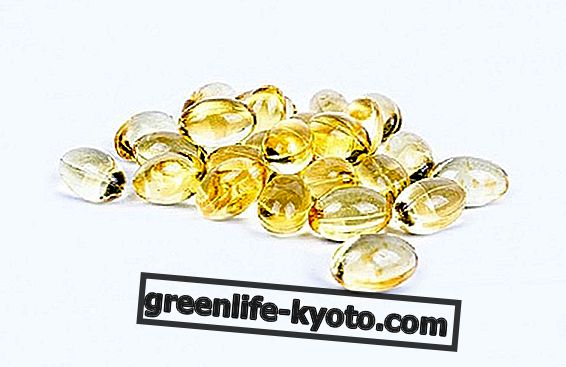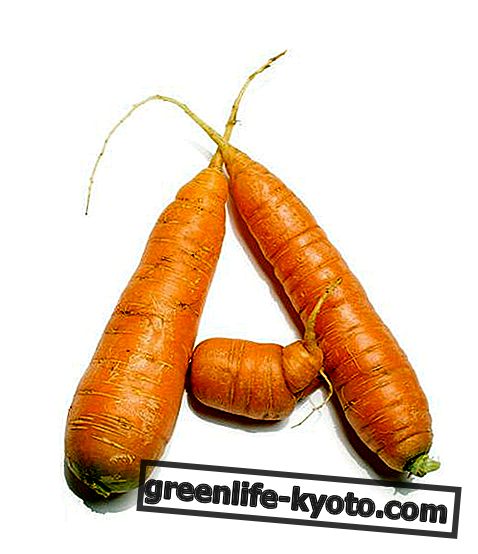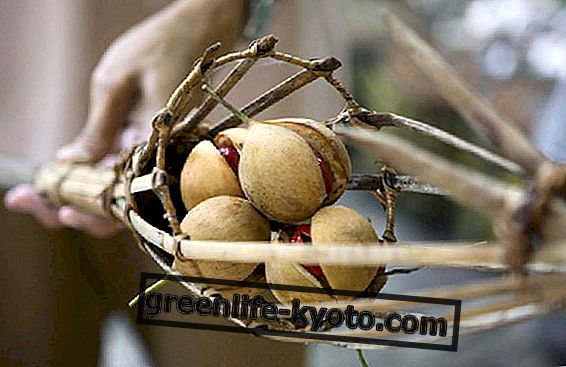Curated by Maria Rita Insolera, Naturopath
The Myrtle ( Myrtus communis ), is a plant belonging to the family of blueberry with balsamic, anti-inflammatory, astringent properties, very useful in cases of cystitis, in digestion problems, in gingivitis and in hemorrhoids. Let's find out better.

Properties and benefits of Myrtle
The Myrtle, due to its essential oil content (mirtolo, containing mirtenol and geraniol and camphene), tannins and resins, is an interesting plant with aromatic and medicinal properties.
The myrtle is attributed with balsamic, anti-inflammatory, astringent and slightly antiseptic properties, therefore it is used in the herbal and pharmaceutical fields for the treatment of diseases affecting the digestive system and the respiratory system.
Traditionally, myrtle is thought to have useful benefits against cystitis, poor digestion, hemorrhoids and gingivitis.
Even the Sardinian liqueur, obtained from the maceration in alcohol of myrtle fruits, is known for its digestive action.
Myrtle also performs a tonic and antiseptic action, useful for the production of creams for natural cosmetics and intimate cleansers for sensitive skin .
Method of use
Del Mirto uses everything : leaves, flowers and berries. From the flowers an essence is obtained which is used in the cosmetic field, the leaves instead, once dried, are used to flavor meat and fish dishes but also for the preparation of infusions.
The berries, in addition to being consumed as soon as they are picked, are used for the preparation of myrtle liqueur.
With myrtle leaves you can prepare:
- a decoction, used against bronchitis and inflammation of the respiratory tract;
- an infusion, useful against bleeding and as an astringent in case of diarrhea.
Myrtle leaves also contain numerous useful substances to improve the action of the immune system against seasonal ailments.
Contraindications of Myrtle
No particular contraindications are indicated in taking myrtle; the only side effect could be skin allergies and is not recommended for pregnant women and children up to two years of age.
Properties, use and contraindications of myrtle essential oil

Description of the plant
The Myrtle ( Myrtus communis ), is a shrub-like plant, no higher than 2 meters. The stem is covered with a bark that varies in color according to the age of the plant.
In young individuals it is reddish, while in more mature ones it becomes greyish. The flowers are white or pale pink, give off a pleasant fragrance and bloom in late spring until even in September.
Habitat del Mirto
The Myrtle, is an evergreen tree that grows wild in the Mediterranean area: Sardinia and Corsica are two places where the plant grows luxuriantly and abundantly.
Background
In Roman times the myrtle was considered the symbol of glory, prosperity and eternal love; myrtle flowers were often present during wedding banquets as a good auspicious and propitiatory sign.
